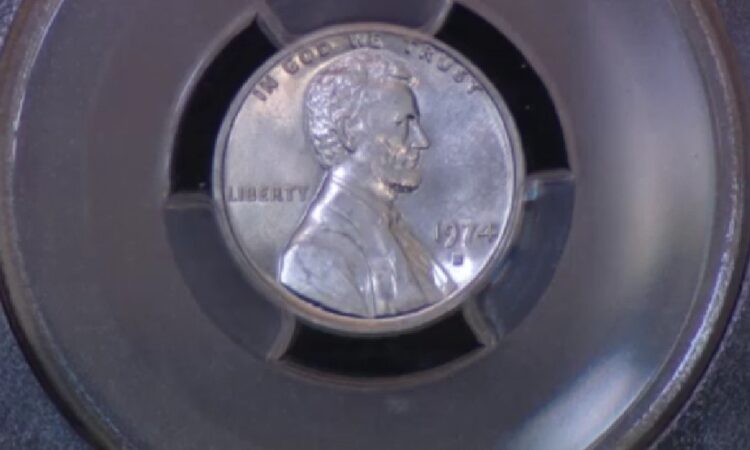
UNDATED (WKRC) – Over 300 billion one-cent coins have been minted in the United States since 1787, spanning 11 designs. The coin’s low denomination combined with society’s movement toward a cashless economy has brought the necessity of the penny into question.
The first attack against the penny came in 1989 from Arizona Representative Jim Hayes, but many others have joined in the argument against the coin. In a conversation with John Green, former President Barack Obama said “people get attached emotionally to the way things have been.”
“One of the things you see chronically in government is it’s very hard to get rid of things that don’t work so we can then invest in things that do,” the former president said. “The penny ends up being a good metaphor for some of the larger problems we’ve got.”
Penny attackers often cite the continued minting as a waste of taxpayer money. In 2023, it cost 1.5 cents to produce a single penny. Over nine billion pennies, that amounted to a loss of nearly $46 million. Nickels have a similar problem, costing 6.3 cents to make (although it cost 11 cents in 2011, so maybe we should be grateful).
“This is not going to be a huge savings for government, but anytime we’re spending more money on something that people don’t actually use, that’s an example of something we should probably change,” former President Obama said.
If the United States did decide to toss the one-cent coin, we wouldn’t be the first. Canada and Australia have lived without it for years, and the latter is excepted to get rid of the five-cent coin soon as well.
Seems like there’s plenty of good reason to get rid of the penny. What’s stopping us?
Simple: people love pennies.
A poll from 2014 showed that the majority of Americans would prefer to keep Lincoln around a bit longer. There are plenty sentimental and historical reasons to keep the iconic copper coin, but there are practical reasons too. For one, retailers in the aforementioned Canada or Australia, where one-cent coins have already been banned, has to round to the nearest five cents. A $0.49 purchase becomes $0.50, and a $0.02 charge becomes free. This becomes an issue when vendors are able to set their own prices. If an item is truly only worth $1.03, you would still end up paying $1.05. These extra cents, called a “rounding tax”, could add up to $600 million a year, according to a paper by Raymond E. Lombra.
But at the end of the day, are people even using coins? Nearly everyone has a credit or debit card, and many stores are entirely cashless now. The answer to this question comes from an unexpected three-letter government agency: the TSA.
The Transportation Security Administration, or TSA, are most well known for their arduous and time-consuming security checkpoints in airports. They also have the responsibility of providing Congress with reports detailing what exactly is left behind at those security checkpoints, and how much?
According to the 2023 report, passengers left almost $1 million in small change at checkpoints. In 2012, they left almost half that amount. That being said, the 2023 result is negatively affected by inflation, and the amount of people flying has significantly increased since 2012. With those factors in mind, in 2012 there was about $1.10 in coins left behind for every 1000 passengers, whereas in 2023 that number was $1.11.
Despite what you might believe, it seems that people aren’t using physical tender any less than they were ten years ago. including the dreadful penny. Whether it’s thanks to sentimentality, to avoid “rounding taxes”, or just because we like the option, it seems like the penny will stick around a little while longer.






